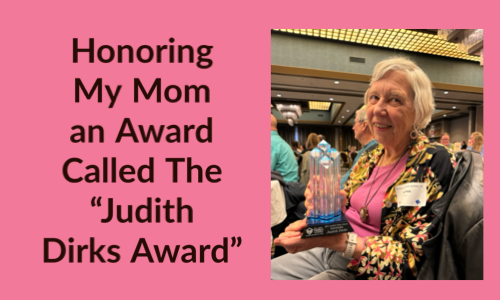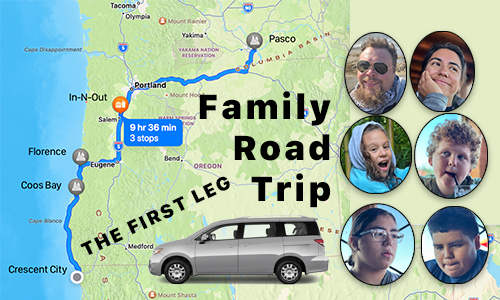Strengths-Based Engagement with Families
In working with individuals and families, following a strengths-based approach is a best practice, and it is contrasted with a traditional problem-solving strategy. Following some of Kirst-Ashman and Hull’s (2015) strategies, we can both understand the conventional problem-solving approach and a strength-based approach to solving problems.
To implement a strengths-based approach, there are some strategies that can be helpful. These include building on family strengths, working collaboratively, helping the family formulate a vision, boosting participation and involvement, utilizing environmental modification, and modeling high expectations.
Kruzich et al. (2003) reported families identified the following barriers as impeding involvement in their child’s care:
- Distance from service providers
- Caregiver’s work schedule
- Cost of transportation
- Lack of access to transportation
- Child care arrangements
- Cost of child care
- Lack of communication between staff from different programs or agencies
- Lack of open communication
- Lack of opportunity or encouragement to participate in the child’s treatment
- Inflexible visiting and meeting schedules
- Lack of clarity about whom to contact with questions and concerns
- Negative staff attitudes about the family
- Restrictive policies
- Lack of consideration for cultural values
They on to describe some strategies for supporting engagement with families:
- Provision of a contact person
- Notification of caregiver when something was wrong or if there were health or other concerns about the child
- Flexible scheduling of meetings
- Information about rights and grievance procedures
- Comfortable and private space for meetings
- Prompt return of phone calls
- Inclusion of caregiver’s comments in the child’s records
- Support for transitions into or out of services or programs
- Communication with all relevant family members
- Help with transportation costs
- Help with telephone costs
- Assistance with child care costs
- Caregiver treated with dignity and respect
- Caregiver made to feel that his or her participation was important
- Caregiver made to feel welcome
- All family members encouraged to participate
- Responsiveness to the family’s cultural values
Reference
Kirst-Ashman, K. K., & Hull, Jr., G. H. (2015). Understanding Generalist Practice (Seventh Ed). Stamford, CT: Cengage Learning.
Kruzich, J. M., Jivanjee, P., Robinson, A., & Friesen, B. J. (2003). Family Caregivers’ Perceptions of Barriers to and Supports of Participation in Their Children’s Out-of-Home Treatment. Psychiatric Services, 54(11), 1513-1518. https://doi.org/10.1176/appi.ps.54.11.1513





Comments